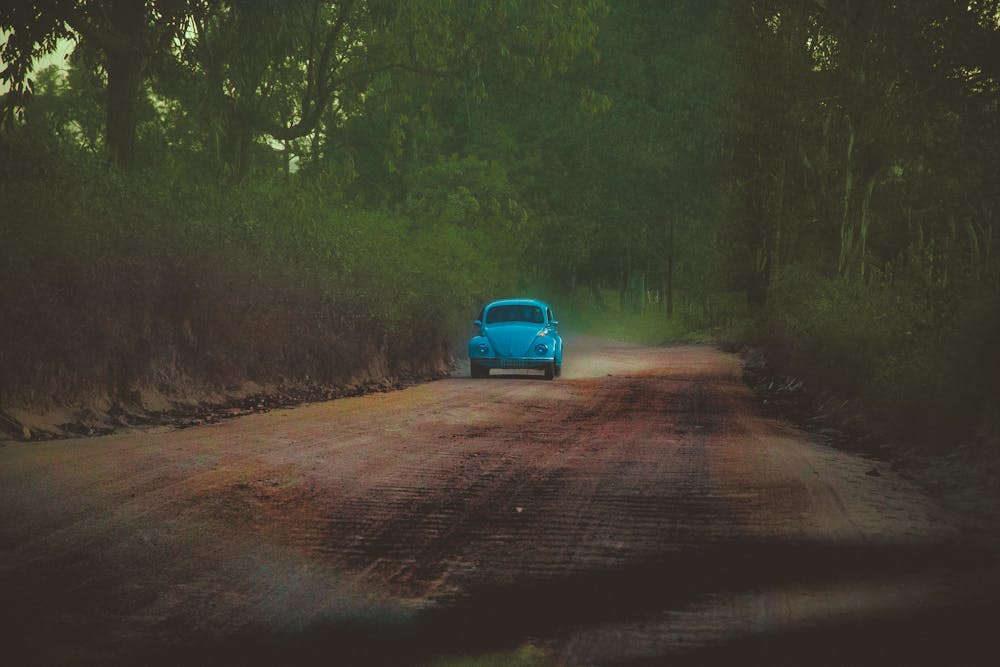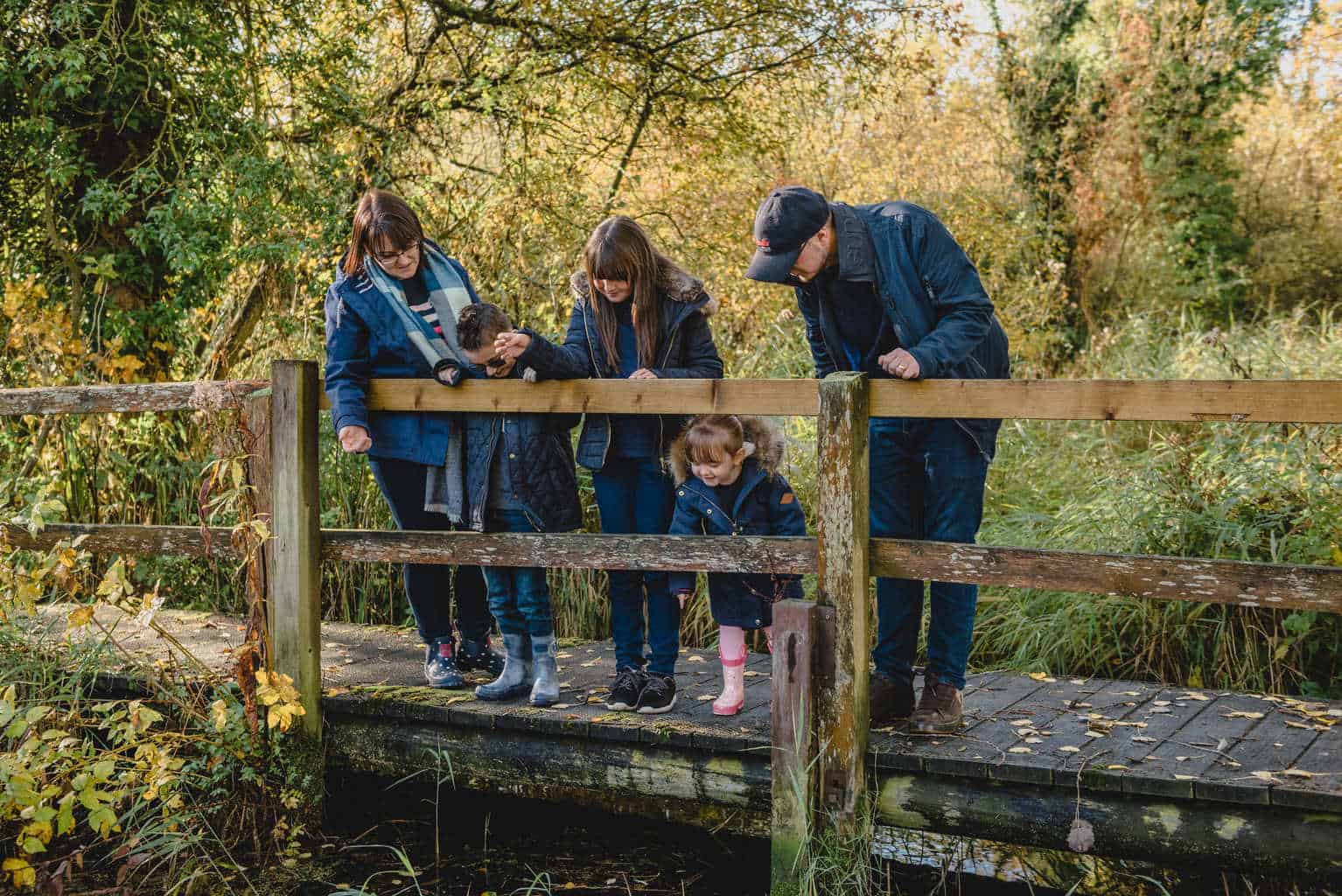Brands in the automotive sector go through churn, like almost all other industries. Some companies rise, and others fall.
But sometimes, something special can happen. Family car brands can actually come back from the dead.
What do we mean?
Often, a car brand will disappear for a couple of decades, only to return later. When this happens, there’s a big marketing bonanza and sometimes, it can be even more successful than before.
But which brands actually came back strongly and hit the road running?
Lagonda
From around 1900 until the 1990s, Lagonda was a well-known British car brand operated under Aston Martin. It primarily made sedans but went through financial troubles, as did much of the car industry in the UK towards the end of the twentieth century.
For twenty years or more, nothing happened. However, in 2018, Aston Martin hinted that the brand might be coming back, and that it would be better than ever before.
Then, more recently, the British automaker announced real plans to bring back Lagonda sedans as part of its zero emissions plan. The new saloons will have autonomous tech, rotating seats and perhaps electric drivetrains, which would all put them in line with the brand’s new ethos.

MG
MG cars is another example of a British automaker that just seemed to come back from the dead. The car company got its start in 1924 under the name Morris Garages. It later became a part of the Rover group, which also went bankrupt during 2005 in the run-up to the financial crisis.
However, MG eventually made a comeback under the ownership of a Chinese motor group, SAIC. It took around five years to revive the brand, but in 2010, it started roaring back. The company then went from strength to strength, with a new economical ethos, which made it popular among families. Many parents wanted the five and seven-seat options, like the HS SUV and the ZS EV. Budget-conscious families were also pleased with the long warranties and the hybrid tech for budget-savvy parents.
MG’s comeback was also one of the strangest in history. Previously, it had been a quirky British brand, making mainly sporty roadsters. However, it is now considered one of China’s top exporters, underscoring just how far it has come. What’s more, many of the company’s original marketing and operations teams remained during the transition, allowing the company to continue in much the same form, just with superior financial resources.
Scout
Scout’s original run was from 1961 until 1980, with the company making trucks and rugged SUVs for off-road use. The parent company was actually heavily involved in agriculture, which ended production at the manufacturer’s main facilities.
Nobody imagined that Scout could return, especially after more than 40 years. However, VW took on the challenge, introducing the world to the Traveler SUV, designed for families, and the Terra pickup.
Today, you can’t buy a Scout vehicle. However, the company says that vehicles will be available by around 2027, allowing drivers to enjoy modern versions of what has become a classic offering for many.

Mini
Perhaps the most famous comeback of all time is Mini. The British car company was an icon from 1959 until the year 2000, sold under now-defunct Leyland and Rover. This brand was all about miniature cars that could navigate through the country’s growing cities and give families an affordable (if not small) ride.
Of course, Mini eventually went out of business. The problems were many, from poor quality to the financial collapse of the parent company. The failure of British Leyland was perhaps the most famous bankruptcy in the car industry in history
However, that wasn’t the end for Mini. Again, a German automaker, this time BMW, came to the rescue. However, instead of continuing runs of the Mini at the original British Leyland factories, BMW took a different approach, adopting the brand and the design, but giving vehicles a modern upgrade.
By 2001, Mini was changed forever. Suddenly, there were thousands of new Mini hatchbacks and Clubman wagons on the road. These offered much more space and convenience than the original. There were also Countryman SUVs which were even better for families, and later electric Coopers for eco-friendly driving.
For families, these four and five-seater vehicles were inexpensive and ideal for urban driving. They offered efficiency and style, which had been lacking previously. Today, the Mini brand is still going strong.
Borgward
Borgward sounds like something out of Star Trek, but it was actually a German carmaker operating from 1929 until 1961. It made all sorts of sedans and wagons but eventually went bankrupt because of rapid expansion.
However, that wasn’t the end of the company. It eventually came back in 2015 under the auspices of the same company that saved MG, China’s BAIC. However, this time, the brand transformation was essentially unrecognizable. New Borgwards are mostly electric SUVs, like the BX5 and BXi7.
For families, though, none of this history matters. What counts is the fact that these crossovers are budget-friendly and designed for between 5 and 7 passengers. Many have hybrid options for better efficiency on the road, as well as smaller commuter variants.

Hummer
Finally, Hummer is another car brand that made a big comeback. Originally, the company ran from 1992 until around 2010, and became famous for producing “gas-guzzling” vehicles with massive wheels and up to 8 seats.
However, Hummer went under during the financial crisis in 2008 due to poor fuel efficiency and eco-friendliness concerns. People simply didn’t want to buy the vehicles.
For more than 10 years, nobody could buy new Hummer cars. Nobody was producing them. However, they returned in 2021 under GMC as the electric Hummer EV Pickup. This vehicle was essentially a rehabilitation for the brand. It was still a hummer, but it didn’t guzzle any gas at all, and many of the components were eco-friendly.
What’s more, it was still ideal for families. It had plenty of seats, plenty of space for cargo, and a high-tech cabin for entertaining kids on long journeys.
Photo Credit: Pexels.com






























